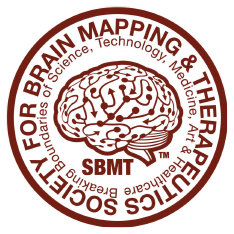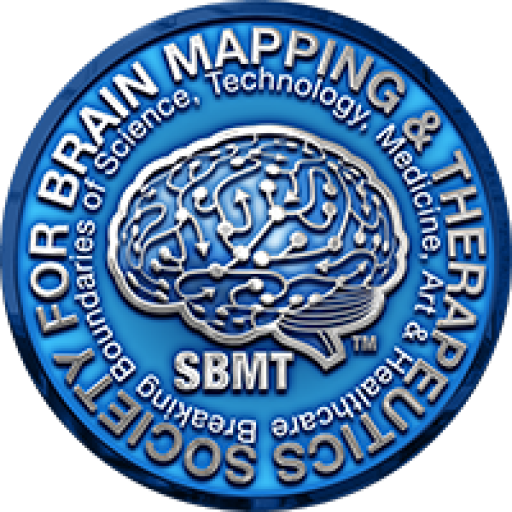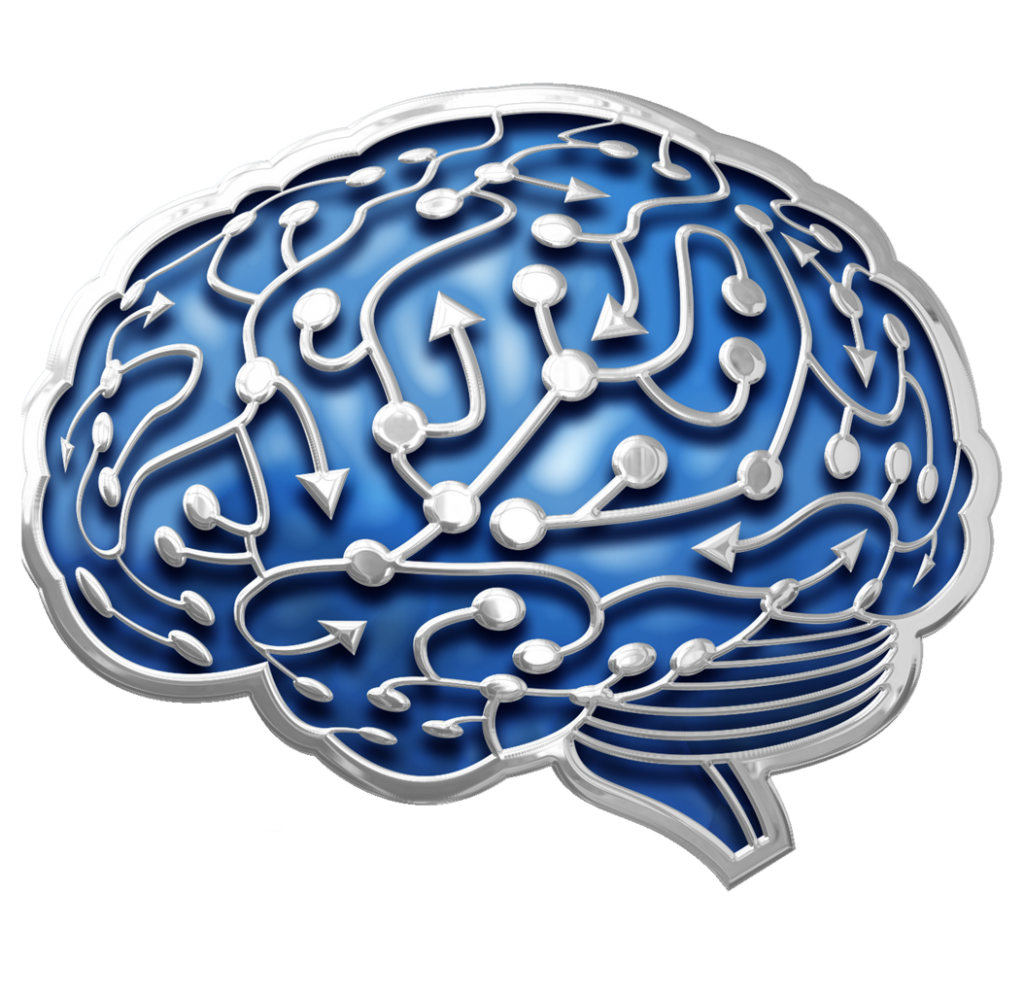In module 2, we explored the principles and applications of fMRI, including task-based and resting-state imaging. We learned how fMRI detects brain activity through BOLD signals, with clinical uses in diagnosing stroke, epilepsy, and psychiatric disorders. Real-world case studies demonstrate its role in recovery and surgical planning.
Instructions:
- Read each question carefully before answering.
- For Multiple Choice Questions, select the best answer by choosing A, B, C, or D.
- For True/False Questions, indicate whether the statement is True or False.
- For Fill-in-the-Blank Questions, write the most accurate word or phrase to complete the sentence.
- Take your time to reflect on the concepts and review your answers if needed.
Principles of fMRI
Functional MRI (fMRI) measures brain activity by detecting changes in levels.
The delay of the hemodynamic response to peak after a stimulus is approximately seconds.
Techniques for Measuring Brain Activity
In resting-state fMRI, brain activity is measured when the participant is .
Using task-based fMRI, researchers can identify specific brain regions involved in functions such as and motor skills.
Clinical Applications of fMRI
fMRI has clinical applications in diagnosing by pinpointing the location of seizure foci for surgical intervention.
Altered connectivity in the Default Mode Network (DMN) is often associated with .




